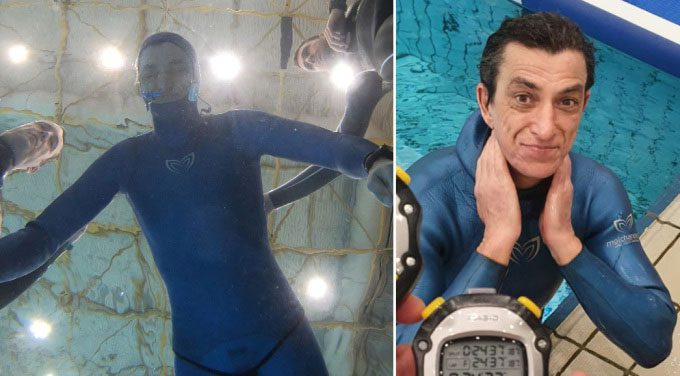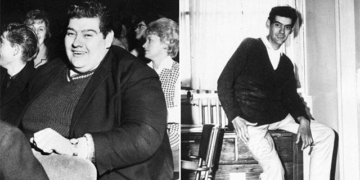The human body has multiple systems that prevent individuals from holding their breath for too long, and when one system fails, another takes over.
Essentially, humans cannot hold their breath until they suffocate, even to the point of fainting. So how does the body accomplish this?

The human body has many systems to prevent prolonged breath-holding. (Photo: Ingrid Deon).
Several areas of the brain are involved in helping humans breathe. “First is the motor cortex,” says Anthony Bain, an associate professor in the Department of Kinesiology at the University of Windsor, Canada. When it detects a person not breathing, it sends signals down to the respiratory center located in the brainstem. This part controls the muscles that allow a person to breathe, such as the diaphragm, which helps inflate and deflate the lungs, and the intercostal muscles, located between the ribs, which assist in expanding the chest during each breath.
The second area is a network located near the brainstem, known as the pre-Bötzinger complex, which acts as the body’s respiratory pacemaker. Even when a person is not breathing, this pacemaker continues to function, attempting to assist the individual in breathing.
Additionally, the body contains chemical receptors that monitor oxygen and CO2 levels. There are two groups: central chemoreceptors and peripheral chemoreceptors. Bain explains that the central chemoreceptors are located in the brain and primarily respond to CO2. Peripheral chemoreceptors are situated in the neck, near the larynx, and they react to both CO2 and low oxygen levels when a person extends the time they hold their breath.
Finally, there are receptors in the lungs that detect stretching when the lungs inflate and deflate. When a person holds their breath and the lungs stop expanding, “the alarm bells” begin to ring. When any of these systems detect abnormalities, they send stress signals to the respiratory center in the brain, which will do everything possible to restart the breathing process.

Diver Budimir Sobat holds the Guinness World Record for the longest breath-hold. (Photo: Guinness World Records).
Trained divers can hold their breath until they are about to faint. They are trained to override the signals sent by the chemical receptors, allowing their oxygen levels to drop significantly lower than those of a typical person. They only breathe when they feel they are about to lose consciousness. The record for underwater breath-holding without using oxygen during preparation is close to 12 minutes.
One way both trained and untrained individuals can extend their breath-holding time is by increasing oxygen intake, either through rapid breathing or inhaling pure oxygen. In fact, this method is sometimes used in certain medical imaging procedures, where patients need to remain still for extended periods. “You can provide them with 100% oxygen, and then, in some cases, they may hold their breath for up to 5 minutes,” Bain states.
This is also how the Guinness World Record for breath-holding was established. In 2021, Budimir Sobat, a Croatian freediver, held his breath for 24 minutes and 37 seconds.
The additional oxygen causes the peripheral chemoreceptors to think everything is fine. However, even if they are disabled, the body still has backup mechanisms to make a person breathe before losing consciousness. “This makes a lot of sense when viewed from an evolutionary perspective. Breathing is incredibly important. Therefore, it is understandable that there are redundancies in the systems to force the body to continue breathing,” Bain explains.


















































